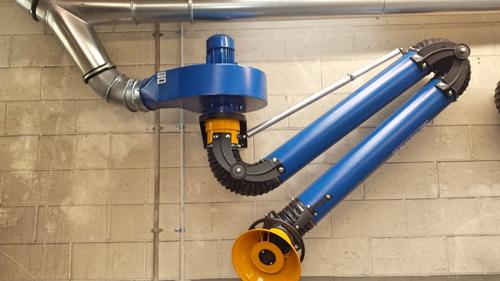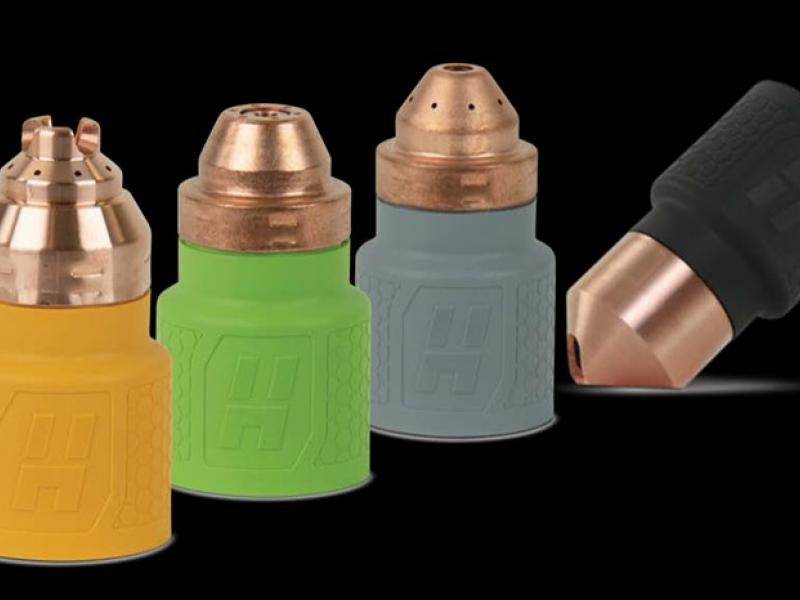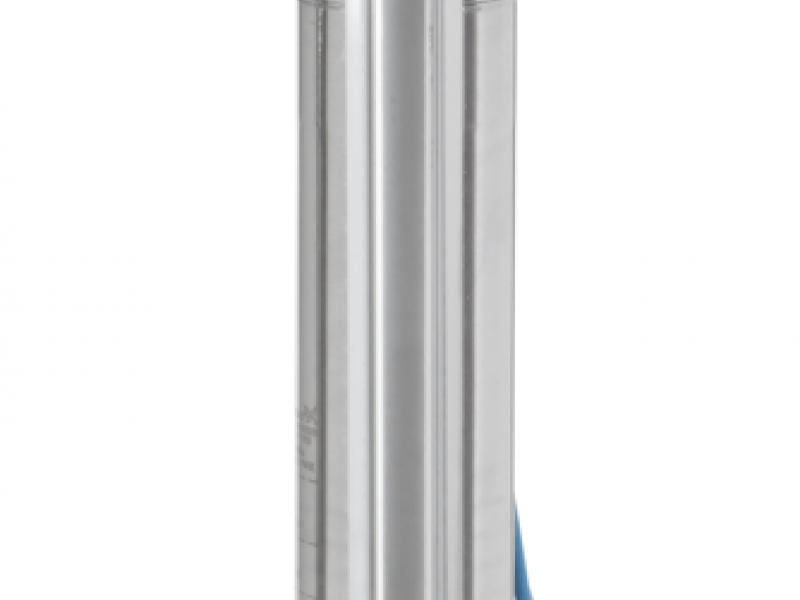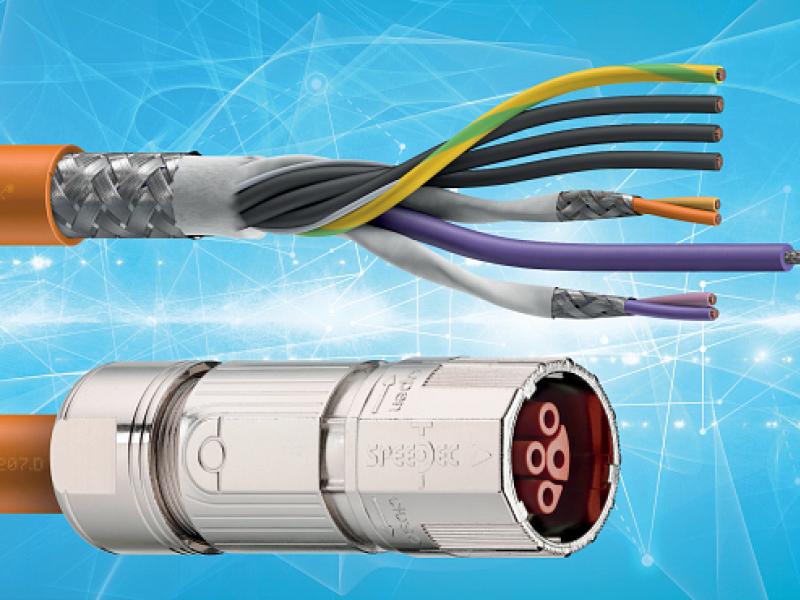Workshop managers and their employees are taking safe removal of airborne contaminants more seriously says, Geoff Ebdon, sales manager from New Zealand Duct & Flex. “So often our staff are approached or we get phone calls from workshop managers who have just had an ‘inspection’ and been advised that their poor or even non-existent extraction is not compliant. With budget restrictions, they are often primarily concerned about cost first and consideration for effectiveness sometimes comes second.” Good extraction is always inexpensive compared to the short and long term effects for workers directly exposed to (and co-workers indirectly) breathing contaminated air. But there are many options available that are very cost-effective.
Vapours, gases, dust and fumes all behave differently and the manner in which they move around mixed or suspended in the air is complex. Fume clouds from welding tend to be dense but are only partially visible – “It’s not what you can see that is causing the problem,” says Ebdon, “It’s what you can’t see”. Inhalable particles, i.e., those small enough to be ‘breathed in’ are anything from 0.01 µm up to 100 µm but the dangerous particles that can penetrate deeply into lungs and cannot be expelled are less than 10µm – these are invisible to the naked eye.
The smaller particles also remain suspended in air longer and move with the local current streams in the workshop/room – often carrying them a long way from the source to affect other staff who are not welding at all. Neal England, NZ Duct & Flex Engineering Manager, confirms he has often been asked, on a pre-install site visit, why it isn’t just possible to open more windows to solve the problem, but the further away from the source the contaminants travel, their dispersion only makes it harder to safely capture or control.
Welding fumes are best captured close to the source and removed in a smooth flow – for example, fume arms with external hinging and articulation not only last longer because the moving parts are on the outside, they also contribute to a beneficial smoother airflow, minimising eddies occurring in the capture hood that could push contaminated air back out. The hood needs to be as close to the process or source as possible, therefore it should be metal to withstand working temperatures, ideally with easy-to-grasp handles for constant changes, as the hood needs to be positioned so the fumes are extracted away from the welder, i.e., not so they pass in front.
Ebdon recommends purchasing managers check the manufacturers stated airflow at the hood before making a decision and it is not an option to connect any old fan with a length of flex available to solve the matter. If fumes are not to be filtered, then it is important to check who is in the vicinity – they might also be affected.
An example of good practice is a recent install requested by Steve Palmer, Site Engineer for University of Canterbury, who needed extraction for the welding bay in the site workshop.
The existing work area was fitted out to a very high standard and one of the stipulations was that the new extraction installed would be completed in a similar way. The maintenance staff carry out a lot of galvanised welding and these fumes are particularly toxic and irritating for staff with effects felt for many days, so an effective solution was critical. The area is not large, however, Palmer was impressed with the ease of the three metre reach achieved from the European-made fume arms distributed by NZ Duct & Flex.
NZ Duct & Flex employs its own install team and they ran modular Liplock ducting from two 160mm dia fume arms to a single exit. Each arm is linked to its own 0.7kW fume arm fan and the exhaust was the most efficient route – out through the ceiling. The Dektite was mounted onto a neat galvanised flashing plate as profiled roofs must be sealed off correctly. The gooseneck rain cover for the exhaust was created in minutes using a series of Liplock bends and the wide rubber seals on the lever lock connectors are ideal for sealing outside.
Fume arms are a very effective way of removing fumes away from the welder, capturing them and ensuring they leave the work area, not causing a nuisance to other workers further away. The robust metal powder-coated tubes use exterior hinging, i.e., all the articulation is outside of the tube, ensuring airflow is not interrupted, and the hinging does not become inoperative due to build-up of particles. An easy all round grab handle allows the operator to position the hood exactly where it will be most effective. This simple system is good value as all the components can easily be reconfigured if the workshop changes in the future.
For more information call 0508 69 38 28 or visit www.nzduct.co.nz






